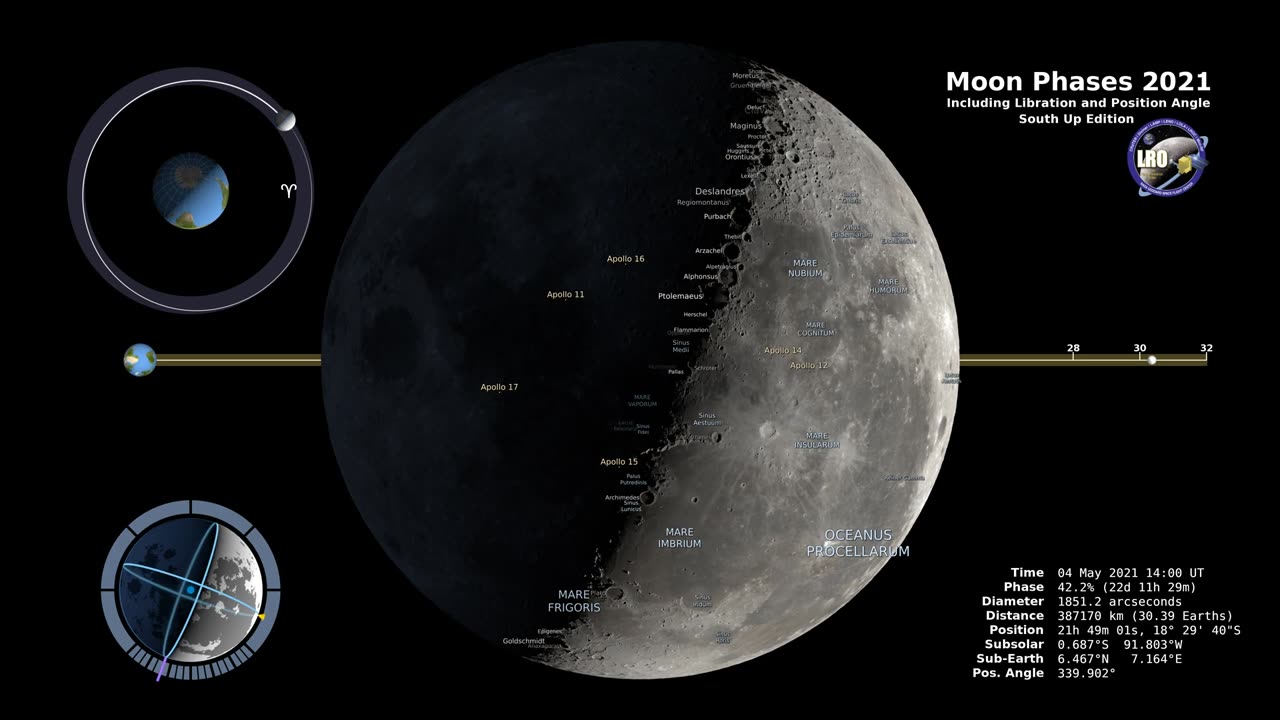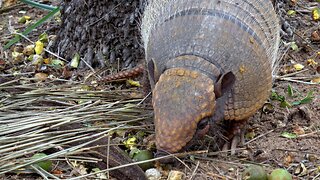Premium Only Content

most interesting moon phase 2021#space#moonphase#moonfacts
Moon phases refer to the different appearances of the Moon as it orbits around the Earth. The changing positions of the Moon, Earth, and Sun cause the Moon to exhibit different amounts of its illuminated side, leading to the various phases that we observe from Earth.
The eight primary moon phases, in order, are:
New Moon: The Moon is positioned between the Earth and the Sun, and its illuminated side is facing away from Earth, making it appear mostly dark.
Waxing Crescent: A small, illuminated crescent is visible on the right side of the Moon.
First Quarter (Waxing Quarter): Half of the Moon's visible side is illuminated, resembling a half-moon shape.
Waxing Gibbous: More than half but less than the entire visible side of the Moon is illuminated.
Full Moon: The entire side of the Moon facing Earth is illuminated, making it appear as a complete circle.
Waning Gibbous: More than half but less than the entire visible side of the Moon is illuminated, now on the left side.
Last Quarter (Waning Quarter): Half of the Moon's visible side is illuminated, resembling another half-moon shape, but on the left side.
Waning Crescent: A small, illuminated crescent is visible on the left side of the Moon.
These phases occur in a predictable cycle, with a complete lunar cycle taking about 29.5 days to complete. This is why lunar calendars have approximately 29 or 30 days in a month.
Observing the moon phases can be a fascinating way to track the Moon's motion in relation to the Earth and the Sun, and it has cultural and practical significance in various societies and fields, including astronomy, astrology, and agriculture.
#MoonPhases
#Astronomy
#LunarCycle
#SpaceExploration
#CelestialEvents
#NightSky
#LunarPhases
#MoonObservation
#Skywatching
#LunarCalendar
#LunarIllumination
#FullMoon
#NewMoon
#WaxingCrescent
#WaningGibbous
#FirstQuarterMoon
#LastQuarterMoon
#LunarMotion
#LunarAstronomy
#MoonFacts
-
 12:42
12:42
Scammer Payback
22 hours agoCalling Scammers who were Raided
9.46K10 -
 23:31
23:31
IsaacButterfield
14 hours ago $0.02 earnedThe Woke Mob Is Really CANCELLING Matt Rife For THIS…
9.83K10 -
 1:23
1:23
WildCreatures
8 days ago $0.94 earnedThis mother armadillo eating her palm nuts is truly adorable
10K14 -
 8:59
8:59
The Art of Improvement
10 hours ago $0.01 earnedHow to Build the Most Powerful Mindset for Success
9.9K2 -
 LIVE
LIVE
GritsGG
1 day ago36 Hour Stream! Most Wins 3420+ 🧠
812 watching -
 1:26:16
1:26:16
Michael Franzese
19 hours agoMenendez Brothers Denied Parole – Newsom Holds Their Fate
117K87 -
 2:36:02
2:36:02
I_Came_With_Fire_Podcast
18 hours agoSecret Origins of Transhumanism & The New Atlantis
37.8K18 -
 LIVE
LIVE
sophiesnazz
4 hours ago $0.04 earnedLETS TALK ABOUT BO7 !socials !specs
35 watching -
 3:01:44
3:01:44
MadHouseRetro
4 hours agoPUFFCO PIVIOT BUNDLE GIVEAWAY! and Spider-man 2 playthough!
14.5K1 -
 1:12:40
1:12:40
Wendy Bell Radio
14 hours agoPet Talk With The Pet Doc
70K33